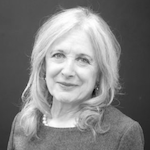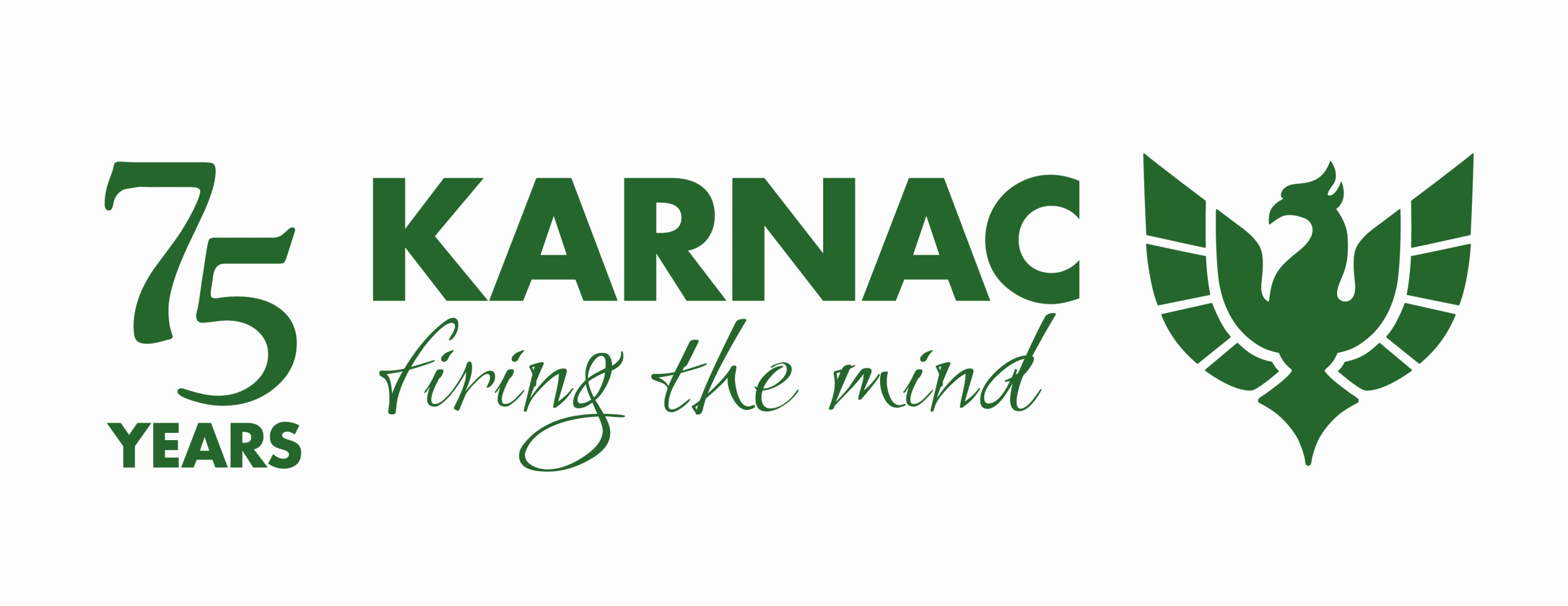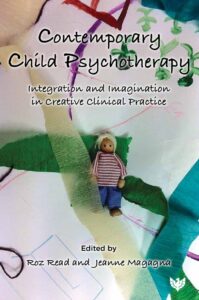

Roz Read is an integrative child psychotherapist and course director of the integrative child psychotherapy MA at the Institute for Arts in Therapy & Education (IATE).
Jeanne Magagna is a psychoanalytic child, adult and family psychotherapist and a training supervisor and guest lecturer at IATE.
Their new book, Contemporary Child Psychotherapy: Integration and Imagination in Creative Clinical Practice, is a collection of papers from qualified and trainee child psychotherapists covering theory and practice. Here they discuss the inspiration behind the book and why a new approach to working with children’s mental health is so needed now.
It is common knowledge that we are at a stage of crisis in child mental health. Statutory services in the UK, underfunded and understaffed, are struggling to respond to the demand with ever increasing waiting lists. There has never been a more important time to consider how we support the psychological health of children.
One under-resourced way is to consider taking therapy out of the clinic and into schools. Others have done this, but it was the Institute for Arts in Therapy and Education (IATE) that was the first to develop a free therapy service in schools across the London borough of Islington, using their own trainees. School staff were helped to resource therapy rooms and think about suitable children to refer. It was a big success and eventually led to developing the integrative child psychotherapy training at IATE.
We still work in schools as a primary clinical placement today. In the absence of CAMHS having sufficient mental health resources, and schools needing to address this more effectively, it makes sense that therapists consider meeting children where they are: at school. The book includes two chapters on working in schools because of its significance. Full of practical advice, these chapters show how a therapist might develop a service in school, liaise with teachers and support parents.
Unlike adults, children don’t usually self-refer, but are referred by those around them: teachers and parents. So it’s important that they are willing to attend. Engaging with a child in such a way that they enjoy coming to therapy is as much about the relationship with the therapist as it is about its usefulness. Much has been written about the centrality of the therapeutic relationship to elicit change, and this is no different when working with children. Positive affect or having fun, isn’t something that is spoken about nearly enough in therapeutic work with children, but we consider it to be an integral part of building a relationship with them. The book’s case material includes relationships that depict a range of emotional experiences, both negative and positive, painful and joyous.
As well as the centrality of the relationship, another of the key aims of the book is to show how the therapist can modify their technique according to the particular child and family with whom they are working. For some children who are so traumatised and defended, they need this sensitive adjustment to find therapy helpful.
IATE has centralised the use of play, metaphor and the creative arts to provide a safe space to begin to explore complex feelings and stories at depth. The therapist has an array of techniques using art, clay, sand play, puppetry, storytelling, music, drama and roleplay, movement and bodywork. From this rich collection, the therapist can find what interests the child and is most useful in helping the child integrate and understand different aspects of his core self. This is why the first year of the child psychotherapy training at IATE is an arts-based foundation, so that students become familiar with using all these techniques as part of their own self-development. Many of the chapters in the book show the creativity and application of these arts-based techniques.
An integrative approach means making the technique suit the child rather than the child suiting the technique. Perhaps this might seem a little controversial. Certainly, it is not to minimise the importance of technique. A robust theoretical framework derived from a rich history of past and present theorists and practitioners is essential for any psychotherapist. And we hope this is shown in the book. (We even begin the training with a classic two-year infant observation so that students become familiar with primitive anxieties and understanding of countertransference. There is one chapter devoted to this in the book.) But the point is for the therapist to try and reach each child with whatever method they have at their disposal, depending on what the child’s interests and capacities are.
For many traumatised children, they need to develop body awareness first. To know how the sensations work in their bodies, which they act out in ways that can be damaging for others and themselves. Sometimes this means that the work is directive, stepping in with an intervention. A child might need to start on a yoga ball, and discover how they can discharge some of their anxious energy and feel agency in their bodies as they balance and use their muscles. Or perhaps we might begin with painting and mixing colours, the gentle arm movements of the brushwork helping a child relax and feel present. Or maybe a puppet might help engage and surprise a more withdrawn child.
The arts are not just for the beginning of therapy, they can also be used for deepening a process, and can act as a buffer to help therapist and child access and work at depth with core pain. Perhaps experimenting with a role play might help a child stuck in relational patterns, or a drawing can help a child communicate their unspeakable experiences or working with a story in the sand tray can bypass shame.
This is not to say that words are unimportant. The arts can act as a scaffold to support the words that follow. Indeed, we have included moving verbatim accounts of actual work with children that have been transcribed from recordings, demonstrating how these creative ideas are put together. They provide a fascinating insight into the usually private workings of a child psychotherapist.
Our hope is that this book will not be an end in itself, but inspire clinicians from all sorts of therapeutic backgrounds to use their own imaginations, and find new ways to connect with troubled children. These creative, integrative ways of approaching children can be applied to many different models of work and offer a way for clinicians to enrich their way of reaching a child’s vulnerable self, strengthening their capacities to understand themselves and be resilient in the face of adversity.
* Chris Rea, 1988
Contemporary Child Psychotherapy: Integration and Imagination in Creative Clinical Practice will be available next week; you can pre-order from our website now.


